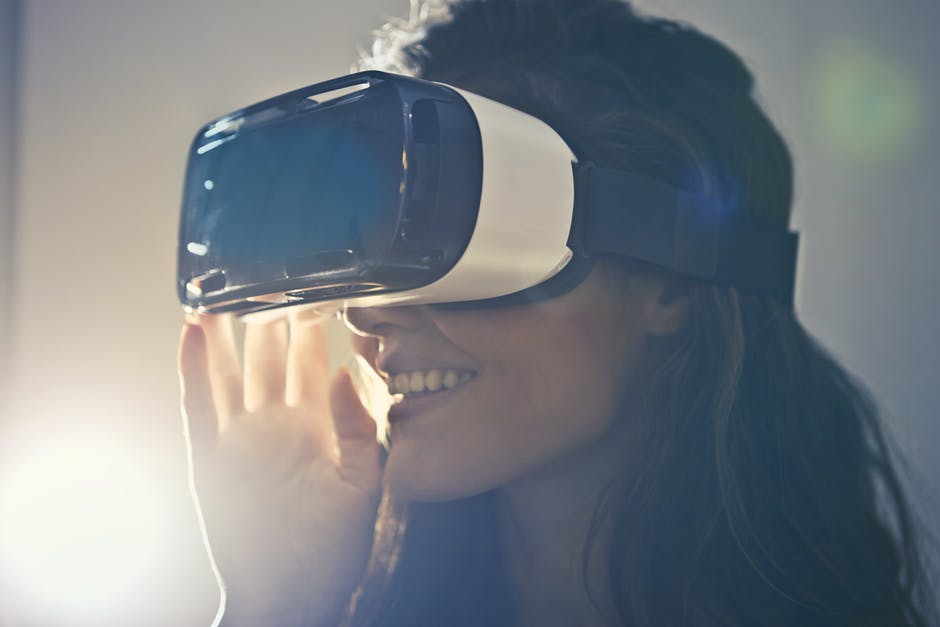The truth is, technology is changing so fast that the differences in skills that used to happen between generations are now happening between students who are in the same college at the same time.
Recently at one of our campuses, while I was watching a workshop take place in our newly equipped Maker Space, a design student made a casual but interesting remark to me. She said (and I paraphrase), “Sir, our juniors are not going to be as skilled as we are. They have all this technology now! We had to do things the long and hard way [by hand], and the juniors will just take shortcuts!” I was truly surprised to hear these words from a third-year student, that too talking about second-year students. Usually, this kind of talk happens between generations, not when the students are separated by a single year! Needless to say, I didn’t really have a quick response, so I just smiled.

The truth is, technology is changing so fast that the differences in skills that used to happen between generations are now happening between students who are in the same college at the same time. And regardless of where you stand on the debate between manual and digital skills, the fact is that every successive batch of students becomes more and more tech-savvy. Since this is a reflection of what’s happening in the actual world, it makes sense that design educators – and educators from all streams – should seriously consider this issue about technology trends.
And this is only about workshops and tools that students use to supplement their learning. What about technology trends in pedagogy? “Online learning” is the new buzzword, but it’s not really a buzzword anymore but a stark reality. Even though today’s students still value face-to-face interaction in the classroom and studio, the reality is that in a very short time, most schools and colleges will have to figure out ways to reach out to their students besides the normal book-exam methodology.

Research (and personal experience) has shown that students of today read fewer books than they used to. That doesn’t, however, mean that they don’t read or that they absorb less information. Instead, they learn by reading blogs, news articles, and social media feeds… by analyzing infographics and visual data… and by watching videos on YouTube and TED-Talks. These are all equally valid mediums for learning, and in some ways, even better than books because the information is gleaned more quickly. Of course, one has to ensure that alternative media is meaningful, and not superficial. So navigating through the vast resources now available to most people is one of the most valuable technological skills one can learn. And the careers that will be spawned to service this need will be hugely in demand.
For example, let’s look at interaction design, sometimes referred to as interface design, or UI/UX (user interface/user experience). This is one of the hottest careers in India right now because almost all information and exchange now happens through digital interfaces, and someone has to design those interfaces – traditionally an interaction designer. But what’s also increasingly true is that interaction design is outmoding itself very rapidly. UI/UX used to mainly refer to devices and apps – web-based, mobile-based, tablet-based, etc. But the nature of devices is also changing. Heads-up displays, smart appliances, accessory- and clothing-embedded tech, virtual reality, and augmented reality are all changing the way we interface with machines and with each other.

And this is nowhere near being limited to only careers in design. Marketing, business, finance… even arts and craft… are being impacted by this continuing digital revolution. So while there will certainly be opportunities for new age careers in design, there will also be a strong design and technology element embedded in traditional careers, as today’s generation of youth looks toward more hands-on and experiential learning, which has already started to make an impact in an industry of today. Approaches like Design Thinking, Service Design, Human-Centric Design, and other similar disciplines are forcing traditional professions to re-evaluate the way they do their work, primarily by accepting an interdisciplinary and empathetic way of solving problems.
For example, a consulting company may take on a client with certain needs for the market. In the past, employees of the consulting company would segregate the problem-solving based on certain disciplinary solutions. If the solution was an ad campaign, then advertisers would solve the problem. If the solution was a new product, the product developers would solve the problem. However, in today’s environment, the solutions are multiple and various. A particular client’s problem needs to be solved in many different ways, all at once, using multiple forms of media and technologies. So, a consulting company will want its employees to be multi-talented, interdisciplinary, and user-focused. This ability can only be trained if the educational systems are likewise interdisciplinary, using multiple media platforms and technologies to solve a problem.
Ultimately, it is only those educational institutions that embrace this approach that will be able to provide graduates suited to work in tomorrow’s professional world. This means having a holistic and balanced approach towards technology – embracing new trends while holding onto meaningful methods of traditional learning. More importantly, it means that education must introduce technology in a way that is meaningful for both the student and the industry, bridging the gap between the inclinations and desires of youth with the needs of the professional world.
Nidhip Mehta
School Head, School Of Design, Pearl Academy
As first appeared on BWEDucation












